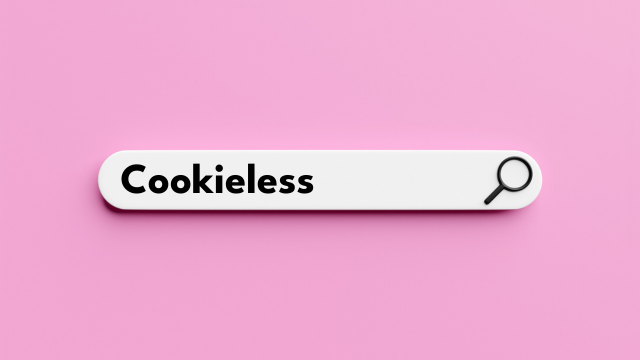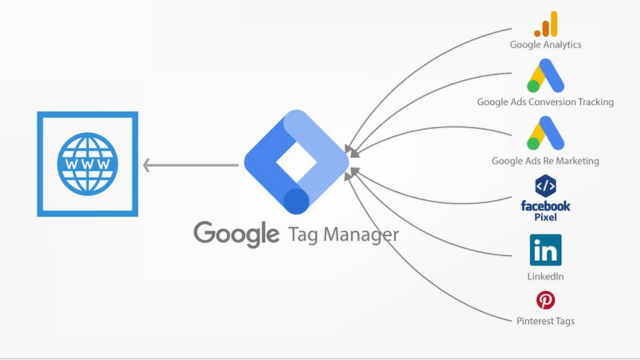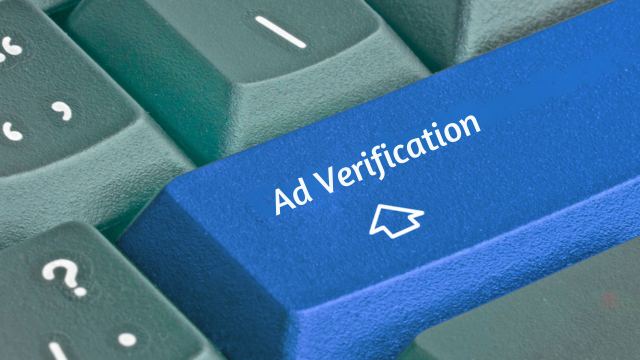Google recently dropped a bombshell statement, withdrawing its enduring plan to phase out third-party cookies in Chrome– a minimum of in the meantime. This decision, which pivots from a commonly publicized roadmap to a cookieless advertising future, has fired up a flurry of reactions across the adtech and regulative spheres. However what does it in fact suggest? Is this a win for advertisers or a setback for privacy supporters?
This post dives deep into the twists and turns of Google’s cookie legend, analyzing the effect of this turnaround, its ramifications for advertisers, and how organizations can prepare for the unsure road ahead.
The Cookie Promise and Its Breaking Point
Back in 2020, Google made waves with its commitment to remove third-party cookies from Chrome, pointing out privacy issues and potential improvements to the digital advertising world. This introduced discussions about cookieless marketing strategies and a future where first-party information marketing and contextual marketing alternatives would reign supreme. However after years of blended development and installing pressure from stakeholders, the pledge has actually hit its snapping point.
Google’s 2020 Cookie Sundown Plan
When Google first announced its cookie phase-out strategy, the goal appeared simple yet ambitious. Third-party cookies, the foundation of digital tracking and individualized advertisements, would disappear from Chrome by 2022. They would be replaced by Privacy Sandbox APIs– a series of tools developed to provide anonymity-friendly targeting techniques.
The marketing market braced itself. With Chrome accounting for over 60% of worldwide web traffic, the loss of third-party cookies in this environment was huge. For advertisers, early adopters explored patterns like contextual advertising and first-party data marketing, while others scrambled to adapt.
Then came 2021. Deadlines shifted. The horizon stretched to 2023, then 2024, as designers and stakeholders needed time to evaluate the Privacy Sandbox efforts in real-world conditions. The timeline extended yet once again to 2025, as pressures installed.
Rising Pushback & Hold-up
Why the hold-up? The adtech world wasn’t the only one raising questions. The UK’s Competition and Markets Authority (CMA), to name a few, brought concerns to the table. Would Google’s replacement tools just consolidate its supremacy? Could Privacy Sandbox sufficiently protect consumers while balancing competitors?
The CMA took a hard line, advising Google to ensure its sandbox services were completely tested before launch. Meanwhile, market groups, privacy supporters, and even advertisers included their voices, calling for more openness, better application strategies, and extended advancement durations. Google was caught juggling contending agendas, which ultimately resulted in delays in execution.
Through 2025, third-party cookies survive on, leaving the industry with more concerns than answers.
The Big U-Turn: Keeping Cookies (for Now).
Fast-forward to today, and the tides have moved. Google’s much-lauded commitment to removing third-party cookies has been partially reversed. While Privacy Sandbox remains part of its future plans, the marketing giant has actually decided that cookies will stay, at least till much deeper screening can verify replacements.
What Exactly changed?
A few crucial details mark this reversal. Formerly, Google had meant to introduce user opt-out choices for third-party cookies as early as 2024. Now, that opt-out prompt won’t appear in Chrome right now. Instead, existing tracking approaches will persist as Google tests “user option” settings straight in internet browsers. These changes reflect a slower, less abrupt transition, along with a nod to the complex environment these cookies support.
Advertisers can breathe a sigh of relief– in the meantime. Legacy systems stay effective, and workflows tied to tagging, retargeting, and tracking visitors will not need extreme restructuring just yet.
Industry Cheers– and Boo-hoos.
Not surprisingly, this choice amassed combined responses. Advertisers mainly invited the news. Axing cookies prematurely could have resulted in mayhem, leaving services scrambling for ROI-effective options. On the other side, privacy groups like the Electronic Frontier Structure (EFF) weren’t thrilled. They argue that the delay leaves consumers exposed to intrusive tracking longer than prepared for.
Looking beyond the applause and grumbles, it’s clear that delaying the cookieless future has actually provided the adtech world time to prepare. But there’s still a long roadway ahead.
What This Indicates for Advertisers.
Advertisers now find themselves straddling two worlds. On one hand, cookie-based systems provide familiarity and efficiency. On the other, the cookieless wave is inevitable, requiring brands to divide their focus and remain versatile.
Staying in the Cookie Video game.
The first takeaway? Third-party cookies still matter. For publishers and advertisers alike, tools that make use of cookies stay important for retargeting campaigns, audience tracking, and conversion metrics. These systems still create quantifiable service value for business focusing on effectiveness and cost decrease.
However, there’s a looming caveat. Online marketers should think about the eventual phase-out still on the table. A sundown date may be delayed, but it hasn’t disappeared.
Cookieless Evaluating Continues.
Meanwhile, experimentation in the cookieless area hasn’t stopped. Advertisers are actively checking Privacy Sandbox innovations like Topics and friends, while also piloting brand-new methods such as contextual targeting, server-side tagging, and leveraging CRM-powered first-party information marketing.
This hybrid shift stage is a chance for brands to learn. Which cookieless techniques hold water? What function will first-party engagement take in campaign outcomes? Getting ready for life after cookies begins now.
Browsing the Gray Zone.
With cookies staying for the foreseeable future, however cookieless innovations also making headway, how can companies walk this precarious tightrope? The response lies in developing a dual-pronged technique.
Double-Track Your Setup.
Start by preserving traditional cookie-based practices any place needed. At the same time, proactively create and scale your first-party data systems. Include consumer information pipelines by means of sign-ups, loyalty programs, and other owned touchpoints. With time, organizations that own their information will ultimately secure their position regardless of how the cookie landscape shifts.
Usage Privacy-Safe Alternatives.
Second of all, buy alternative targeting solutions. Contextual ads– where placements are notified by the content’s significance, not user profiles– are staging a comeback. Google’s cohort-based Privacy Sandbox designs likewise necessitate attention. Testing cookieless techniques now will position you ahead when third-party cookies do ultimately exit the stage.
The Regulatory Watchdog.
Staying ahead isn’t just about innovation– it has to do with compliance. The regulative lens on this cookie reversal is crystal-clear, and businesses require to be familiar with the more comprehensive ramifications.
UK’s Competitors and Markets Authority (CMA).
The CMA, which has actually been a vocal individual in this legend, continues to watch developments past this turnaround. A crucial concern is whether Google’s integrated use of Chrome and Privacy Sandbox eventually focuses power further. They have actually worried about the significance of fairness and competition within the adtech environment.
Privacy Advocates Sound the Alarm
On the advocacy front, groups such as EFF are staying with their guns. For them, Google keeping cookies intact comes down to users having less control over their digital footprints. Pushback may compel additional internet browser tools or regulative security layers down the line.
Navigating these waters indicates stabilizing compliance preparedness with continual business effectiveness.
What You Need to Do Now.
Now’s the time for organizations to take stock and establish methods that use strength versus these moving tides.
Audit Your Information Strategy.
Begin with a deep assessment of your current setup. Which platforms rely on third-party cookies? Are they tied directly to earnings efficiency or redundant now? Map every dependency clearly to recognize dangers.
Increase First-Party Data Capture.
At the same time, make client data ownership a leading priority. Develop factors for visitors to share identifiable info– forms, newsletters, gated material– all serve to reinforce first-party profiles efficiently.
Upgrade Campaigns for Dual Mode.
Last but not least, prepare dual-mode projects that utilize cookie-based methods today, while also assigning resources for screening cookieless strategies. Have fun with both cards in hand so no surprises catch you off guard.
What the Future Might Look Like.
While this cookie stay of execution buys time, the path forward still patterns towards a privacy-first design. Advertisers require to stay nimble and expect the possibilities.
User Option UI May Come Later.
One possibility? Google’s postponed “user choice” cookie prompt might re-emerge as a toggle function within Chrome or a comparable user-experience service designed to supply greater control over tracking.
Privacy Sandbox May Still Win.
Another competitor is Privacy Sandbox ending up being the brand-new norm down the road. If regulators soften their concerns, transformation through friends, aggregated audiences, and anonymous mechanisms becomes practical.
Cookieless Is Inescapable Eventually.
If something is particular, it’s that cookies won’t stick around permanently. Whether it takes two years or 10, the needle will move. Contextual advertising options, advanced first-party frameworks, and hybrid targeting models are what long-term preparedness appears like.
Final Takeaway: Prepare, Don’t Panic.
Change might feel challenging, however Google’s cookie reversal isn’t completion of the story– it’s a plot twist. Organizations ought to utilize this extension carefully to refine operations and test methods.
Stabilizing cookie-friendly projects with privacy-smart targeting will assist you stay nimble through future shifts. Do not await due dates to close in– start auditing, innovating, and exploring now so you’re ready for whatever follows!
What do you believe lies ahead in adtech’s cookie-free era? Share your thoughts in the comments or sign up for our newsletter for the latest insights!




